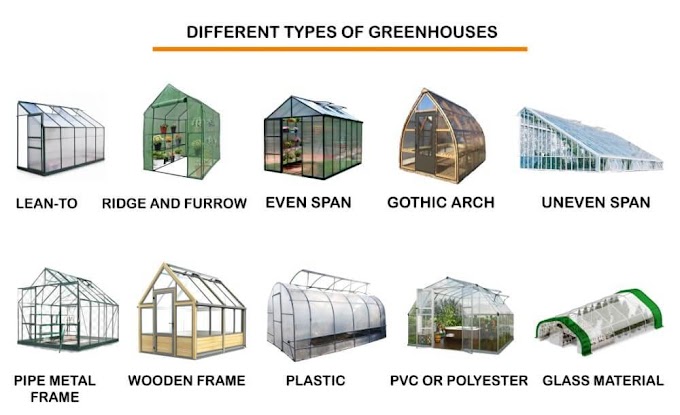- Male
inflorescence of maize plant is called tassel. Removal of tassels from
female plants immediately after emergence is called detasselling.
- Detasselling
should be continued for 14 days. It is done to enable crossing of female
parent with male
|
Detasselling
technique
- Detasselling
is done by holding the stalk with left hand, a little below the
tassel, taking a firm hold of the entire with the right hand and
removing tassel by a steady upward pull.
- Entire
tassel should be removed without leaving any portion within the leaf
- The
removed tassels should be buried at the same place itself.
- Remove
the tassels perfectly without damage to the leaves.
|
|
Attention
- Removed
tassels should not be left on the field they may also shed the pollen
causing contamination.
Harvest
- Judge
the optimum harvesting stage as that of varieties and harvest the male
and female parental lines separately.
- First,
the male lines should be harvested fully, after the removal of cobs of
male lines from the field, the female lines should be harvested.
- The
seeds harvested from the female line is the hybrid seed.
Cob
sorting
- Remove
very small sized cobs. The cobs which show difference in seed rows,
seed number and colour should be identified and removed.
- And
the cobs with very less seeds also should be removed.
Shelling
- Seeds
can be separated by mechanical means. For this, moisture content
should be around 15% for seed and 25% for cob.
- After
harvesting, cobs may be dried to the required moisture level before
shelling.
- So
that mechanical damage can be reduced.
- Seeds
can also be separated from cob by beating with sticks.
- If
the seeds are not shelled at correct moisture level, occurrence of
mechanical damage may go upto 18 per cent, which will invite fungal
attack.
Seed
drying
- After
shelling, dry the seeds, Seed drier can be used for drying.
- During
drying, air temperature should not go beyond 40°C.
- Likewise
avoid drying under hot sun and dry seeds during the morning or evening
hours under mild sun.
Seed
grading
- Quality
seed with uniform size can be obtained by size grading the seeds with
18/64" round perforated sieves.
Seed
yield
- By
adopting the above techniques, 1500 kg per ha of hybrid seed can be
harvested.
Seed
storage
- Dry
the seeds to 12% moisture content and treat with Captain or Thiram 75%
wettable powder @ 70 g per 100 kg seeds mixed in 500 ml water.
- Treated
seeds packed in cloth bag can be stored for more than one year.
- Seeds
dried upto 8% moisture, treated with above chemicals and packed in
vapour poof polyethylene bag can be stored for 1½ years.
- As
you have learnt in the earlier lesson on varieties, seeds can be
stored by treating with halogen mixture also.
Seed
certification
- Seed
certification guarantees the quality of seed as it ensures that the
certified seed has the genetic, physical, physiological and seed
health qualities.
- Genetic
purity means that the seed gives rise to a plant which conforms to the
varietal characteristics of the variety.
- The
physical purity means that the seed is free from stones, broken seeds,
straw bits and leaf bits etc.
- Physiological
quality is measured by germination and seed health envisages freedom
from pest and diseases.
- Seed
certification is being done in many stages.
- It
starts from verifying whether seeds were obtained from authenticated
source, verification of isolation distance and inspection during plant
growth, flowering, harvesting, processing and bagging.
- Also
seed samples are drawn form the seed lot and sent to seed testing lab
to test whether the seeds are possessing required physical purity and
germination.
- Then
certification tag is issued. Colour of the tag is blue for certified
seeds.
- Only
those seeds harvested from fields having prescribed field standards
and possessing required seed standards are certified by the
Certification Agency.
- Seeds
thus certified are offered for sales.
- For
further details nearer seed certification office may be contacted.
|
|
Field
standards (Certified seed)
|
Factor
|
Maximum
permitted (%)
|
|
Off
types (%) maximum
|
0.5
|
|
Shedding
tassel (%) maximum
|
1.0
|
Seed
standards (Certified seed)
|
Factor
|
Maximum
permitted (%)
|
|
Physical
purity minimum
|
98.0%
|
|
Inert
matter maximum
|
2.0%
|
|
Other
crop seeds maximum
|
10.0/kg
|
|
Other
distinguishable varieties (maximum)
|
10.0/kg
(Number)
|
|
Weed
seeds basal on kernel colour and texture
|
Nil
|
|
Germination
(minimum)
|
90.0
|
|
Moisture
(%) (maximum) For moisture vapour pervious
|
12.0%
|
|
For
moixture vapour poof containers (maximum)
|
8.0%
|
|
|







No comments:
Post a Comment